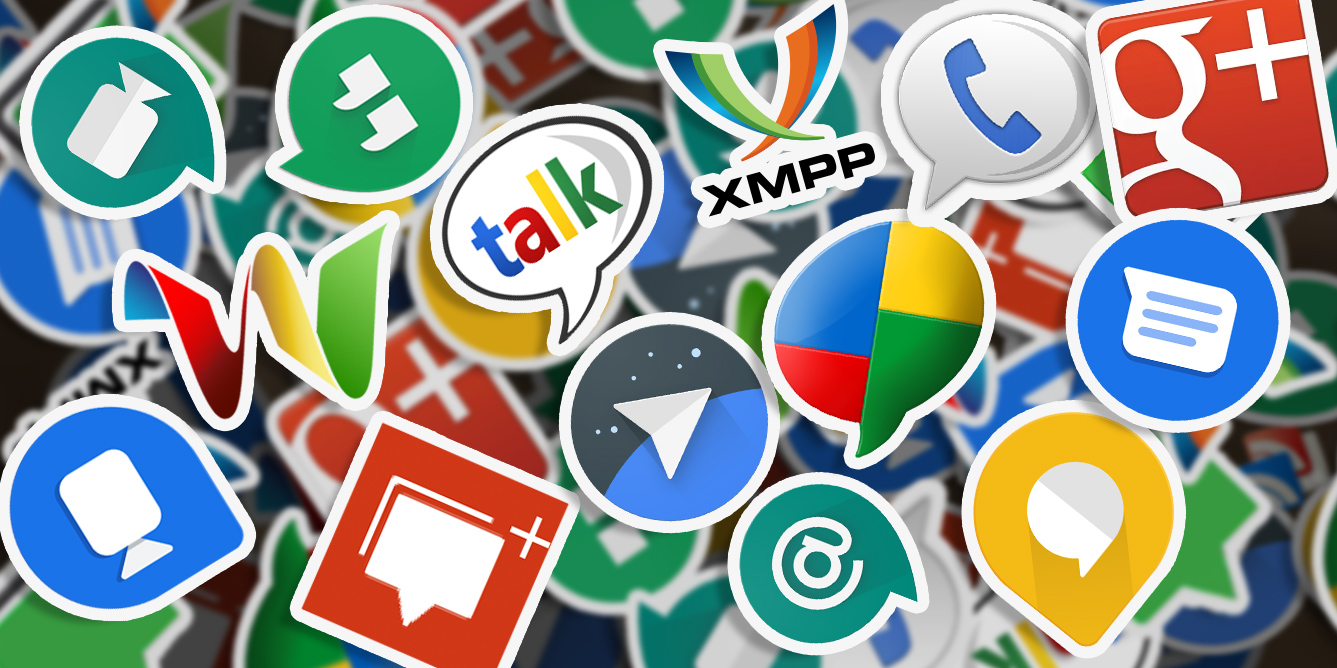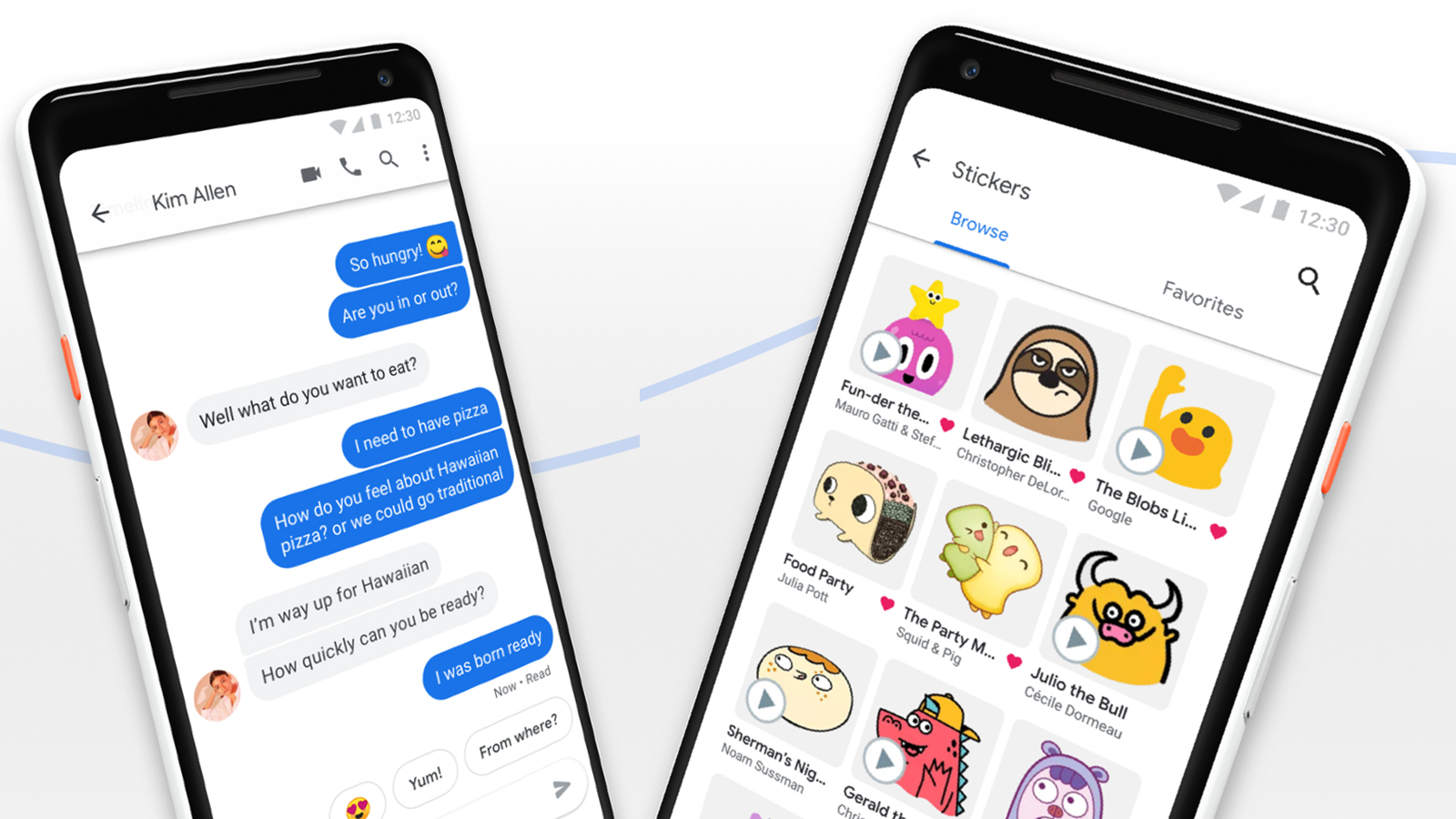

READ MORE: How to send iMessages with special effects If you’ve configured everything correctly, your iMessages should now appear on your Android device.īecause your Mac is doing the forwarding, it will need to maintain an internet connection and stay awake to continue the operation. Tap Sign in with Google and complete the process Install AirMessage on your Android device and launch the app Unlock the Security padlock and add AirMessage to the Full Disk Access section of System Preferences > Security & Privacy > Privacy For this, you’ll need to use a Google account Launch AirMessage, select Connect an Account, and complete the sign-in process. Here’s the process for forwarding iMessages to an Android phone:ĭownload and install AirMessage Server for macOS If you’ve got the right gear, you can use AirMessage or a similar app to do the heavy lifting. You can complete the setup process without an iOS device, but you will need access to a Mac. For this, you have several options, but the one we’ll discuss today is AirMessage. To send and receive Apple iMessages on an Android device, you’ll need to involve a third-party app. Send and receive iMessages on an Android phone

If you have a Mac and want your iMessages forwarded to an Android device, you’re ready to make it happen. Anyone can do it if they take the right steps. The process for forwarding iMessages to an Android device is a little involved but not as complex as it may look at first glance. Thankfully, smaller developers are always looking out for us and creating useful tools that make our lives easier.

Android and Apple devices don’t always play well together, and trying to use iOS features on a non-iOS phone is a difficult undertaking.


 0 kommentar(er)
0 kommentar(er)
